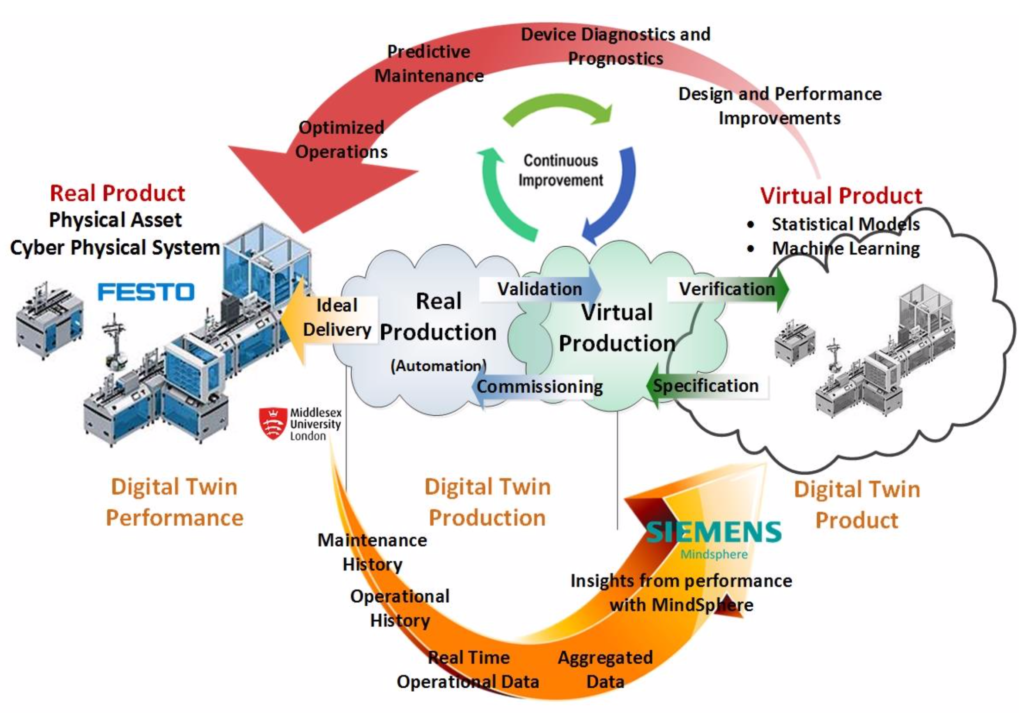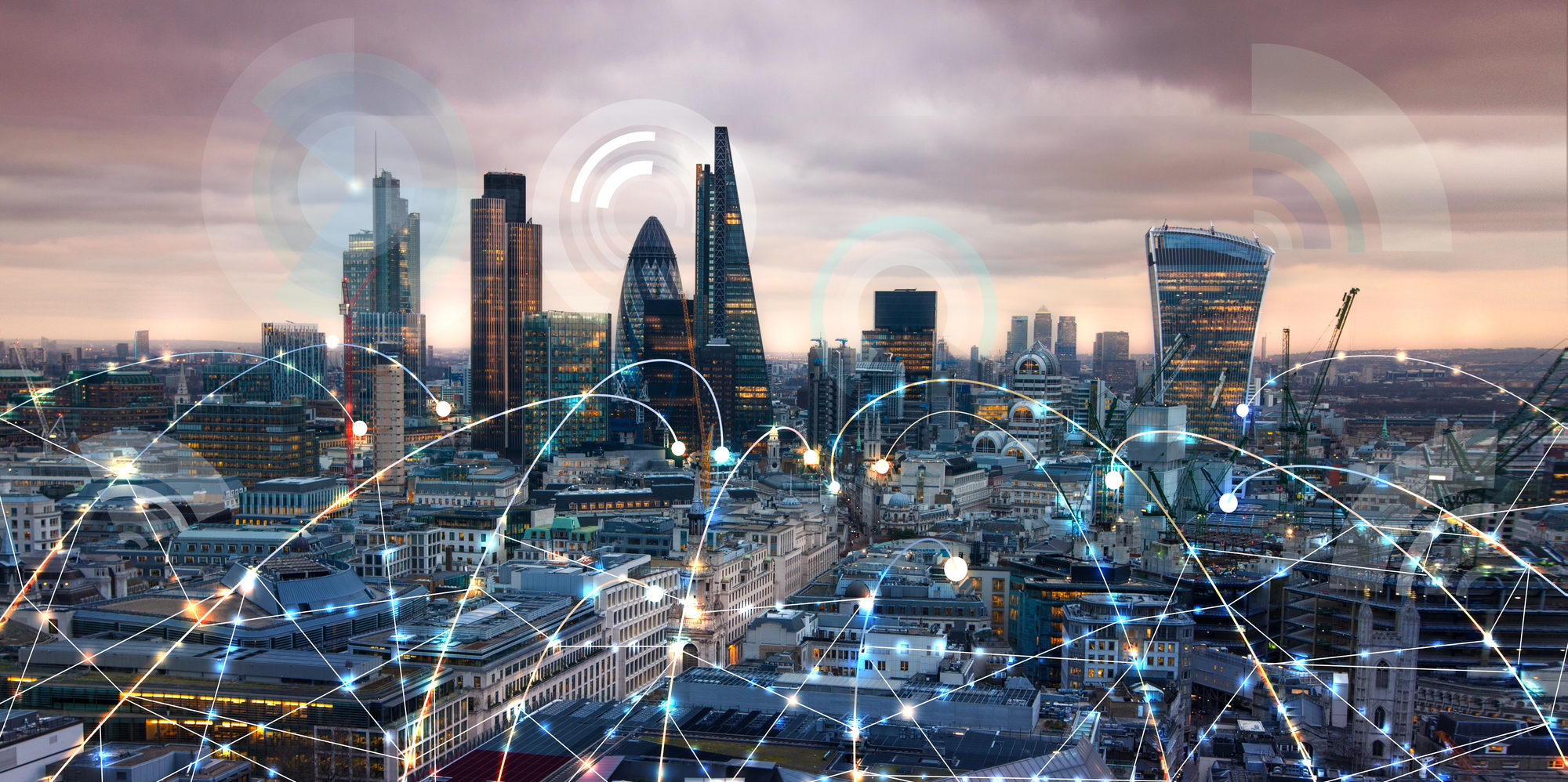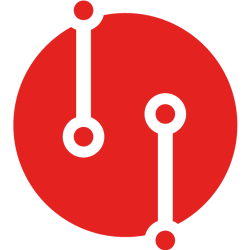For all the physical systems, products and processes (e.g, a robot, a production line), any input could significantly affect their behaviour. It is desirable to predict what could be the consequences before an actual input is triggered, allowing us to make the right decisions or at least prepare well for an unfortunate situation if it is unavoidable. New development of a plane, an oil rig, a hydroelectric station on rivers, or a 5G network deployment strategy is expensive and complicated. If prediction of outcomes and consequences (e.g., a chance of flooding when building a dam for a hydroelectric, or how feasible to build new 5G small cells in developing countries) are carried out accurately, this could save time, effort, money or even lives. However, such desired prediction with high accuracy is not easy to achieve, especially for very complex systems.
Digital Twin represents the interconnection and convergence between a physical system and its digital representation created as an entity of its own. Both entities, the physical object and the digital object are fully integrated and can exchange information in both directions. Thus, the digital object could act as a controlling instance of the physical object and vice versa. Internet of Things (IoT) is used to automatically collect data from the physical entity in real-time while the digital twin along with big data analytics could use the data to predict, estimate and analyze the dynamic changes within the physical object. An optimized solution is then fed back to the physical object that would adapt accordingly. This makes the digital twin technology the focus of the global digital transformation within a wide range of areas, such as: manufacturing, infrastructure, healthcare, transportation, etc. as it has the potential to optimize the operational processes. Example of the Digital Twin framework with the Festo smart factory at Middlesex University:


